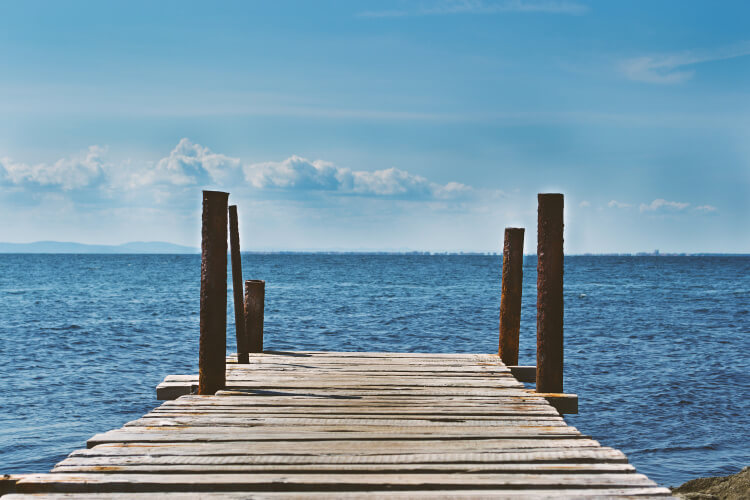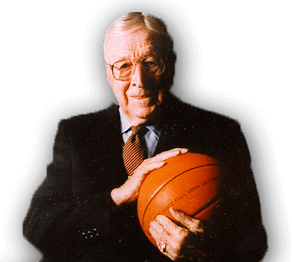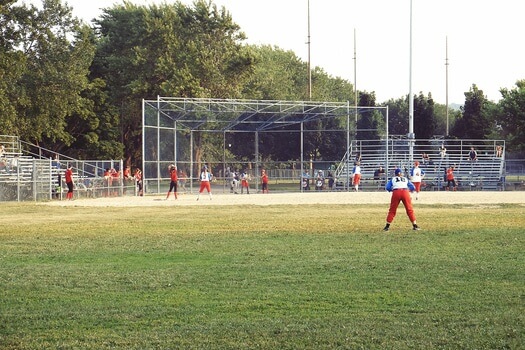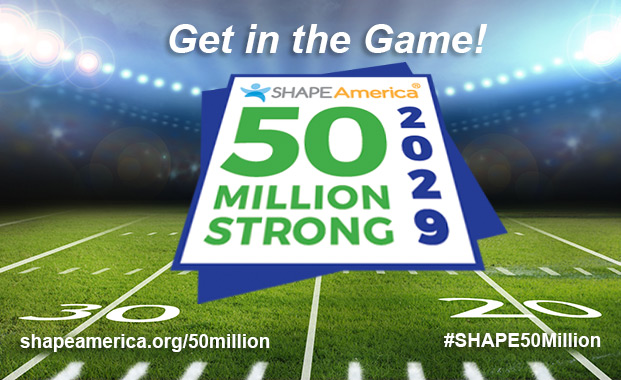Over the past several years there has been a renewed interest in the meaning and importance of play. Play has been featured in the New York Times Magazine, Taking Play Seriously, and in two fairly recent books, Stuart Brown’s Play: How It Shapes the Brain, Opens the Imagination, and Invigorates the Soul (2009), and Bateson’s and Martin’s Play, Playfulness, Creativity and Innovation (2013).
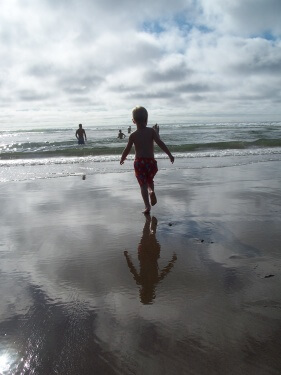
As part of my doctoral program in the early 1990s at The Ohio State University (Building a Bridge Between Athletics and Academics), I was fortunate to study the importance of play and many of the early play theorists. These included the 18th Century educator Jean Jacques Rousseau who in Emile wrote about the importance of play for children.
Rousseau began with the idea that children should be outdoors and active. In so doing, the child would develop his senses through his experiences. The senses would then provide the background against which ideas took shape. By moving and touching everything, seeing, and hearing, tasting and smelling, the child would begin to associate the objects of the external world with the five senses (Mechikoff, 2010, p. 160).

